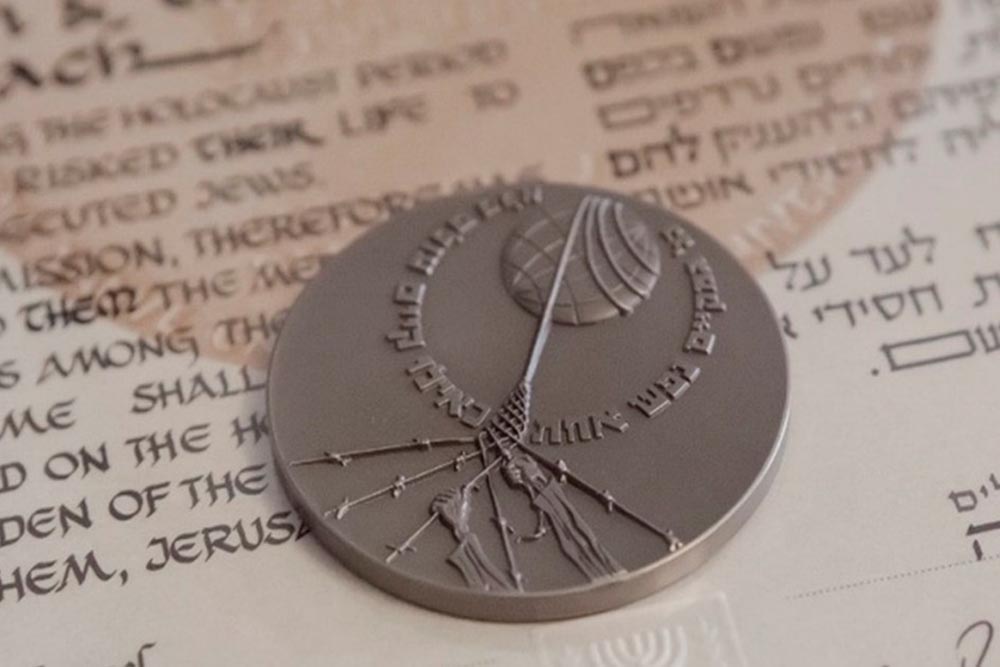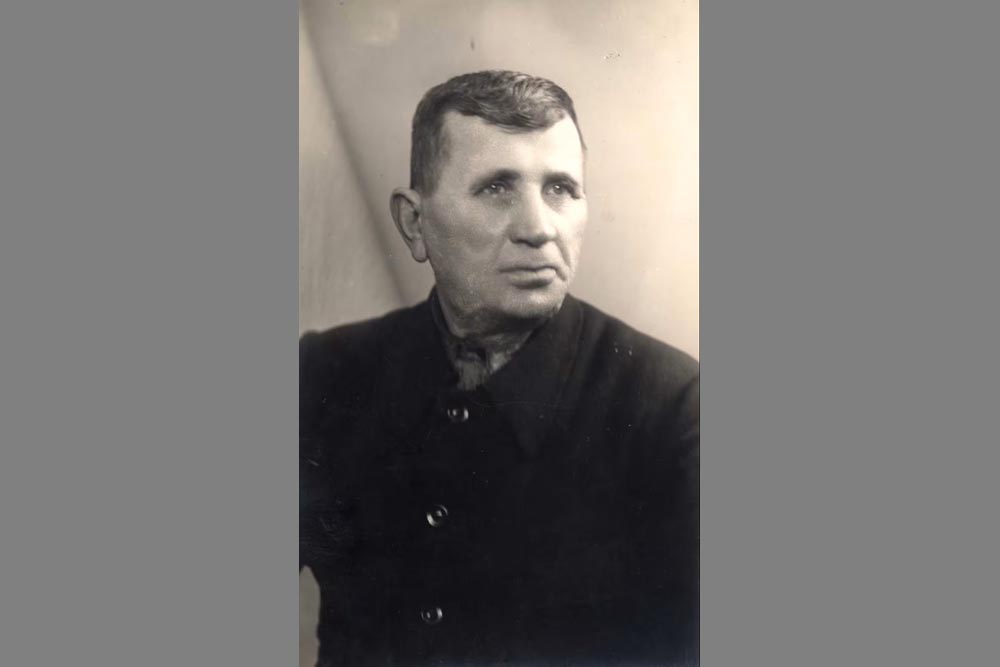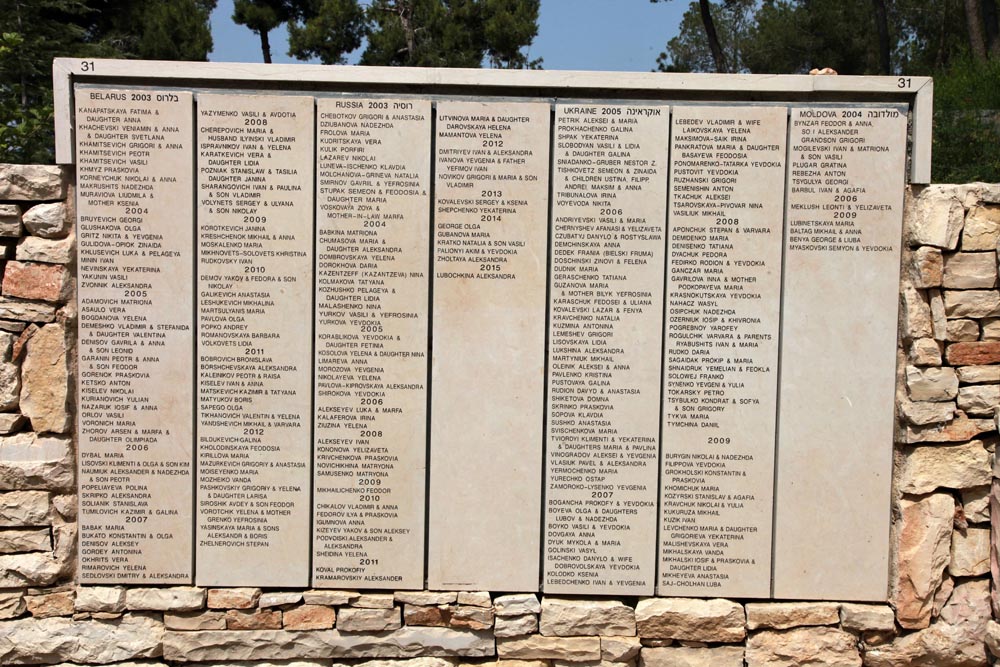Bank of Portraits / Svishchenkova Mariia, Shyketova Domna, Martyniuk Mykhailo

Svishchenkova Mariia, Shyketova Domna, Martyniuk Mykhailo
Mariia Svishchenkova lived with her sons Yevhen and Ivan in the village of Antonivka (current – Haisyn district) of Vinnytsia region. At the end of July 1941, this territory was occupied by German troops. The occupiers established a “new order” that brought oppression, suffering and destruction to the local population. The Nazis especially watched over the Jews. In addition, there were many Jewish families among Mariia's acquaintances. In the autumn of 1941, almost all of them ended up in ghettos that were created in the surrounding areas: Teplyk village, villages of Ternivka, Sobolivka, etc. These lands were part of the general district “Zhytomyr” of the Reich Commissariat “Ukraine”. On May 27, 1942, the SD Sonderkommando carried out the first action to exterminate Jews in the ghetto. That day, 769 and 300 people of Jewish nationality were shot in the village of Teplyk and the village of Sobolivka, respectively (except for artisans, who were placed separately). More than 750 Jews were executed in the village of Ternivka.
Among those who survived the first punitive action were 20-year-old Roza and 18-year-old Tsylia Taft. They managed to hide, and their parents Moisha and Haika and younger sister Hana were killed. The girls were left alone in the ghetto. Despite the fact that the Germans did not completely destroy the ghetto and life in it became somewhat calmer, Roza and Tsylia decided to try their luck and reach the territory of Transnistria. According to rumors, Romanian Jews lived in the ghettos there. The police less controlled life there and slaves were not shot. The problem was that the sisters did not know where to go. After covering 6 km, they reached the village of Antonivka.
Mariia Svishchenkova was right next to the well. Seeing the girls as they wandered through the streets of the village, the woman guessed that they were runaways from the ghetto and approached her and offered her help. Her kind face and gentle way of speaking calmed Rosa and Tsylia. They readily accepted Mariia's offer to have dinner at her home. After eating and resting, the sisters met another Jewish family who were hiding with the Svishchenkov family – a father and daughter from the city of Uman (they did not remember their names). They escaped from the ghetto during one of the punitive actions. Four Jews were hiding together in the attic for three weeks, discussing the possibility of getting to the ghetto in the town of Bershad (current – Bershad city), but in the end they gave up on that idea.
In June 1942, Roza and Tsylia Taft returned to the ghetto in the village of Ternivka, where about 200 people stayed. In the autumn of 1942, the Nazis carried out a public execution of several Jews caught trying to cross the Southern Bug River to the Romanian occupation zone. The sisters were afraid that this would be the beginning of a new campaign of destruction, and fled again. This time Domna Shiketova, an acquaintance of their parents, came to their aid. She lived nearby with her children Mariika and Volodia. Despite the danger to the family, the woman immediately agreed to shelter the girls. For more than 20 days, the Svishchenkov family hid the Taft sisters until the situation in the ghetto calmed down and they were able to return.
In March 1943, a former mathematics teacher, Mykhailo Martyniuk, warned Roza and Tsylia about the future final liquidation of the Terniv ghetto. He offered to shelter them and help them cross the border to Transnistia. For two days, the sisters stayed with the Martyniuk family in the village of Berezivka. So Mykhailo took them with his cart to the village of Tyrlivka, which is on the banks of the South Bug River. At night, Roza and Tsylia swam across the river and ended up in Romanian-controlled territory. On the same day, they were sent to the Bershad ghetto, where they stayed until the expulsion of the occupying forces in March 1944. The life of the sisters there was also not easy: the ghetto was overcrowded, they had to sleep on the floor, their clothes turned into rags, there was a lack of food, Roza and Tsylia fell ill with typhus, and, despite everything, survived.
After the retreat of the occupying forces, the sisters did not want to return to their native village of Ternivka, so as not to remain there, where they witnessed the death of their relatives. In the post-war period, Rosa and Tsylia Taft kept in touch with those who had helped them. Even after emigrating to the USA in the 1990s, they corresponded with rescuers and their children. In 2006, Mariia Svishchenkova, Domna Shiketova and Mykhailo Martyniuk were recognized as Righteous Among the Nations.
Svitlana Datsenko
Kyiv
National museum of the History of Ukraine in the Second World War
-
fingerprintArtefacts
-
theatersVideo
-
subjectLibrary

